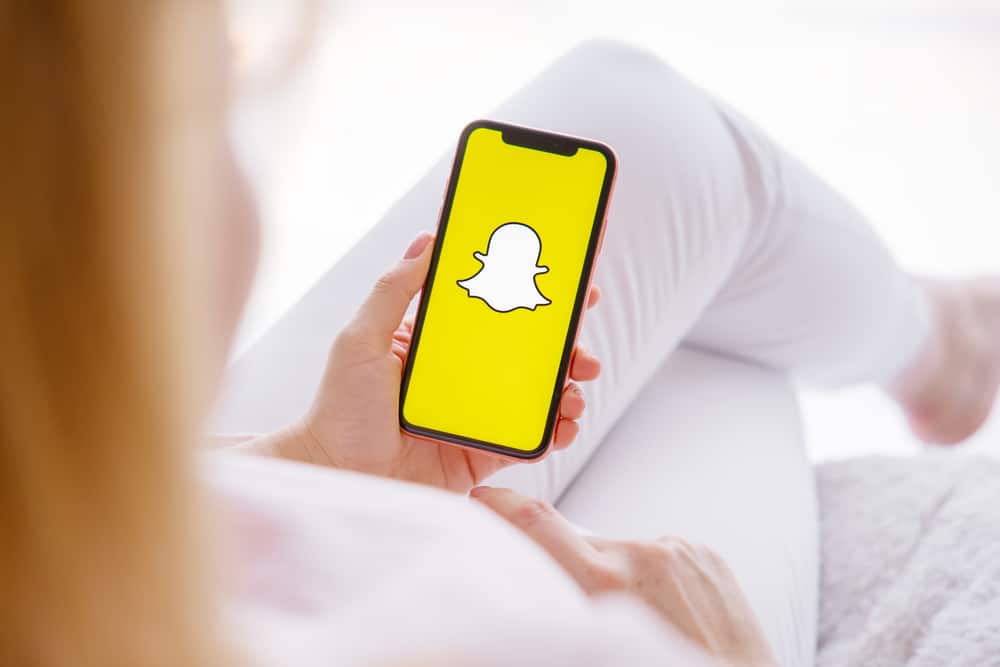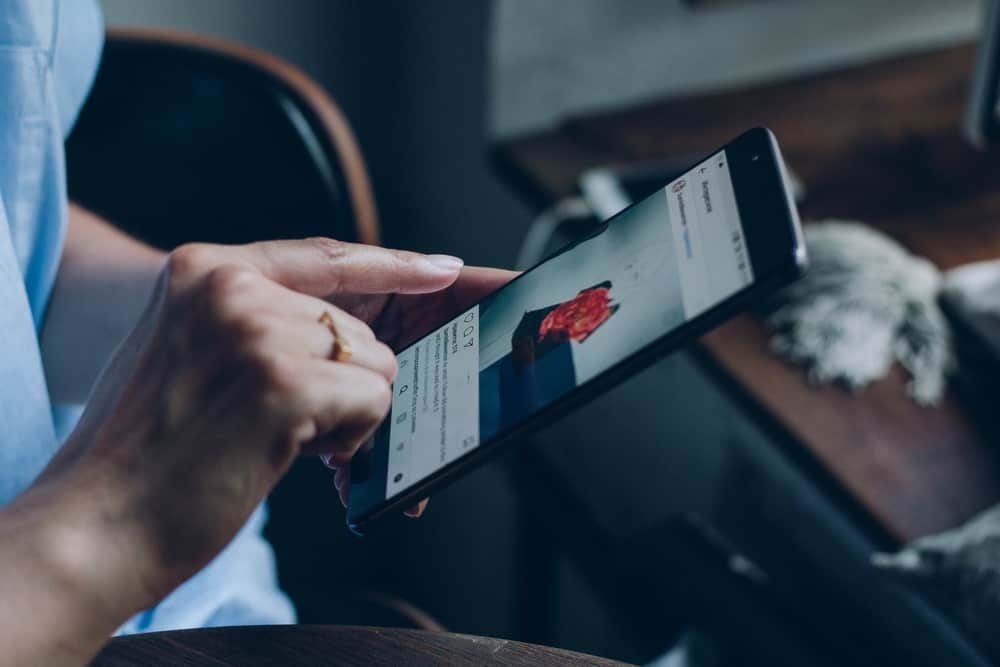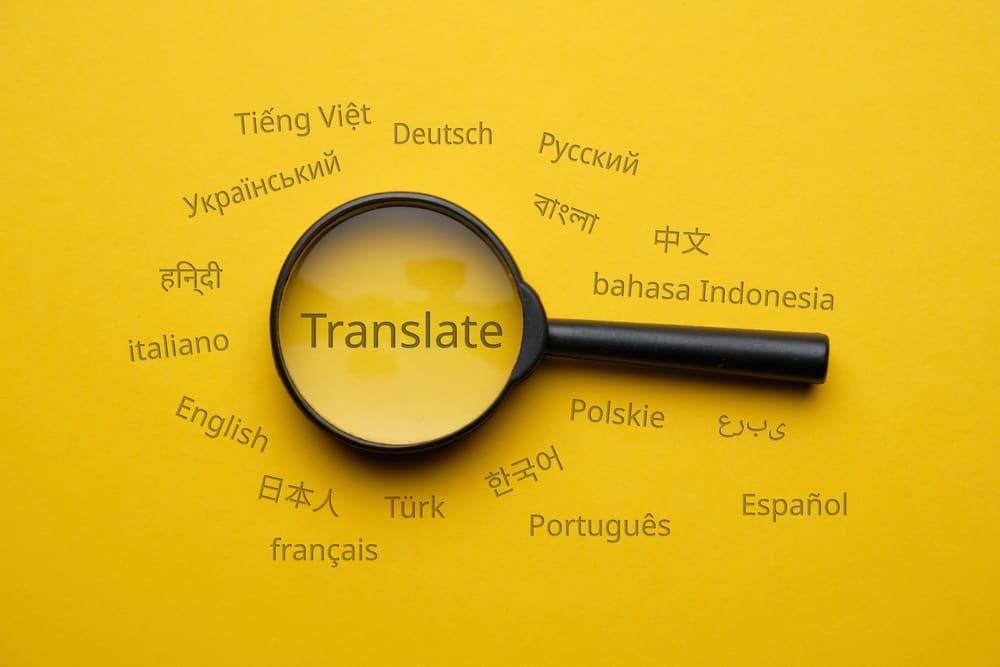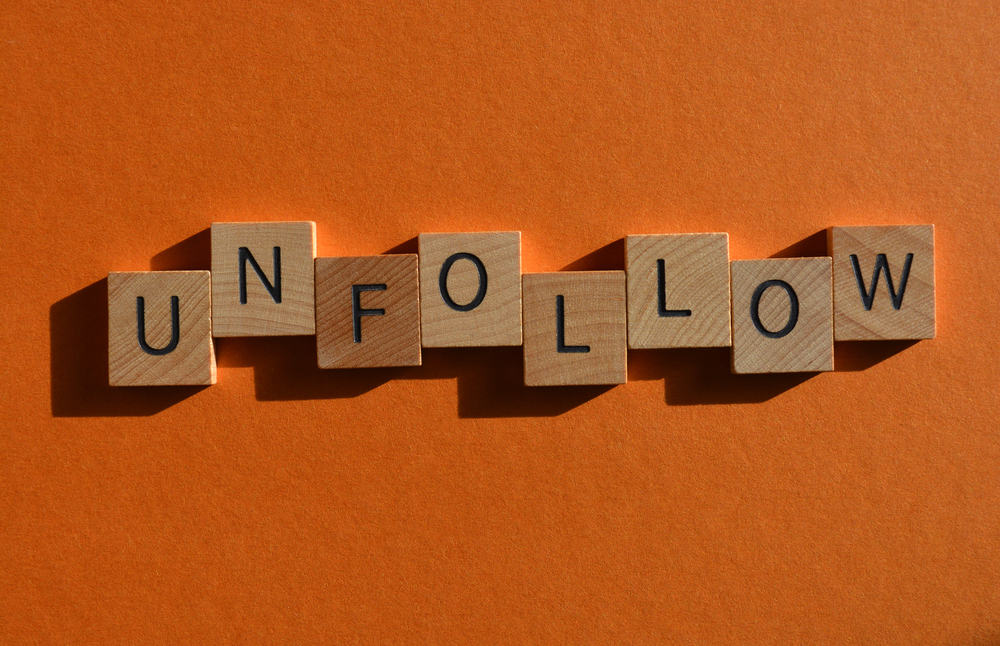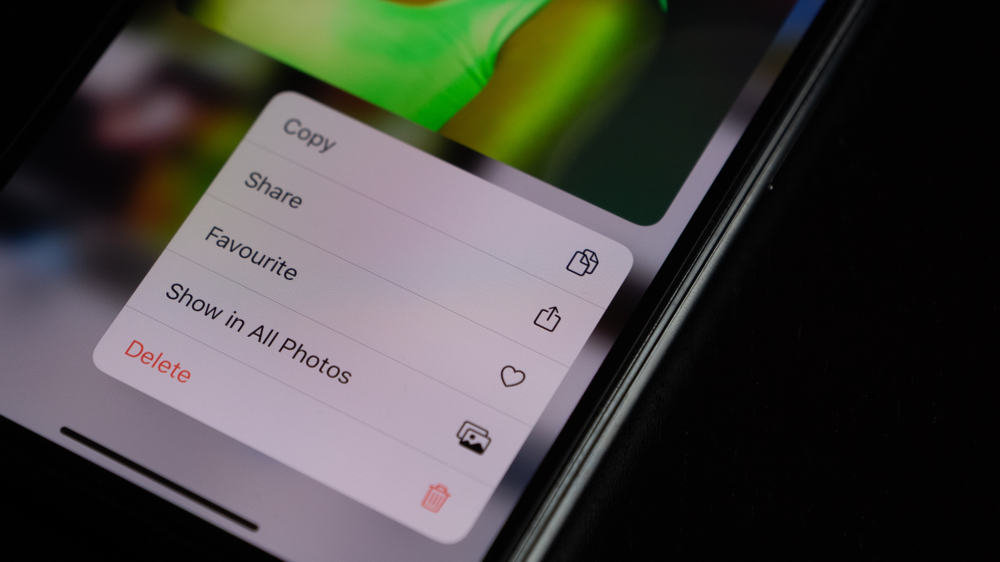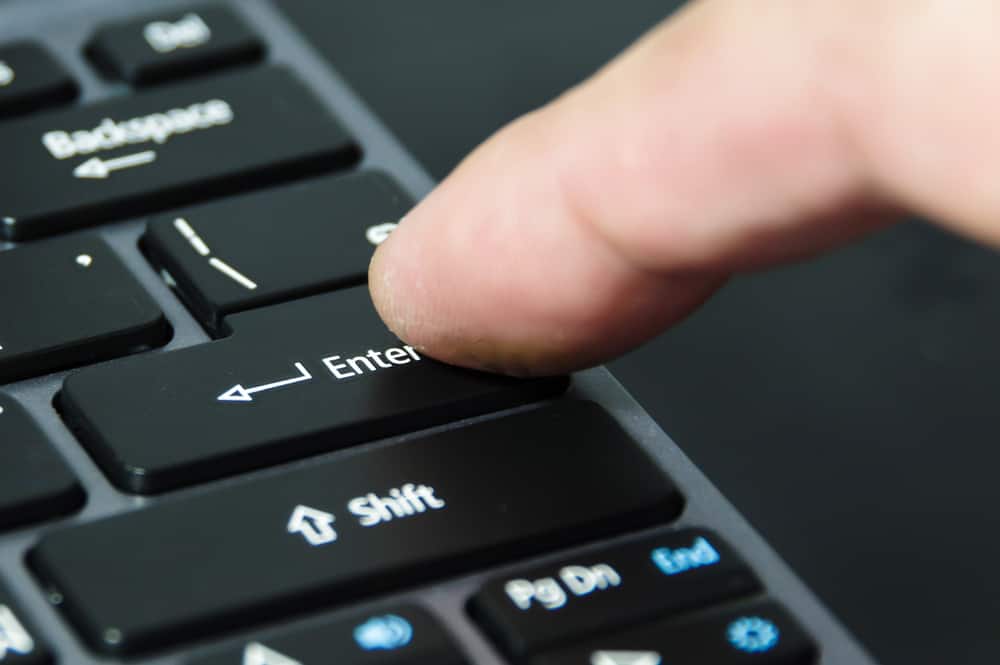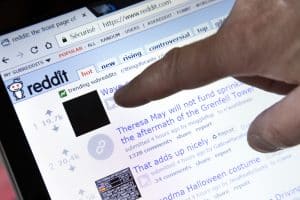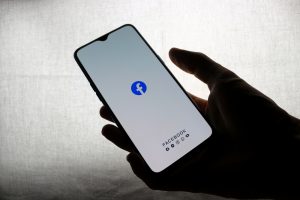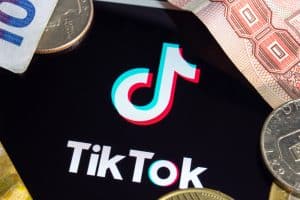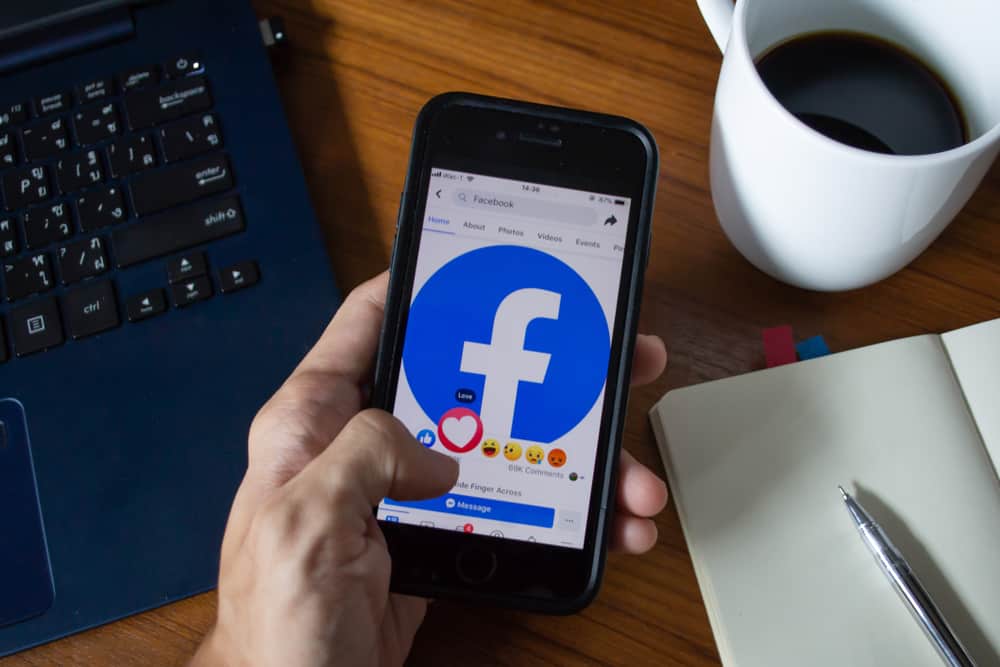
Facebook has ensured it makes more reactions available besides the like reaction over the years. The pride reaction is among the latest reactions rolled out by Facebook, but sadly, not all users can use this fantastic feature. Because not all countries can do pride reactions on Facebook, this post will enlighten you on how to find and use the feature.
Facebook users within countries that can use the rainbow feature can pride react freely. However, if you cannot find the feature, you must enable it by liking the LGBTQ Facebook page. Therefore, you need to open Facebook, type in LGBTQ in the search icon, and once you see the community page, like it. You will find the rainbow pride reaction emoji enabled within a few minutes.
If you wish to pride-react on Facebook, then you must read this post! It has explained what pride reacting means, who can use the feature and how to do pride reacting. Additionally, the post has answered frequent questions asked by Facebook users.
Who Uses the Pride Reaction on Facebook?
Facebook launched a new reaction to boost the June pride celebrations in major cities involved in the celebrations. Unfortunately, as much as the reaction is gaining popularity, not everybody can use it. Sometime back, Facebook announced that the emoji would be mostly available in June besides other emojis like the thumbs up.
Moreover, Facebook announced that in countries where LGBTQ rights are politically risky, they would not be able to access it. It was clear that markets with pride celebrations and followers of the LGBTQ page of the company were the only ones that could access the feature.
What Does the Facebook Pride Reaction Mean?
The rainbow pride reaction feature was rolled out in 2016 to boast the pride celebrations in June. Facebook has put effort into accommodating all communities on the platform, and in showing their support for the LGBT community, they announced rolling out a special reaction for pride.
The rainbow flag symbolizes the transgender community and signifies pride as a gay, lesbian or bisexual. The flag was initiated in 1978 by an activist artist, and it has evolved into different colors over the years.
How To Pride React on Facebook
You may find it hard to pride-react on Facebook, especially if you have not enabled the special reaction. Many Facebook users have not found the feature because it has limited its usage to a specific community.
Therefore, if you want to use it, you must first like the LGBTQ community’s page. Once you like the page, Facebook will make the reaction available within a few minutes.
- Launch Facebook on your mobile or computer and log in.
- Find the search icon and click on it.
- Enter LGBTQ in the search space, and select the LGBTQ@Facebook page.
- Click on the Like button.
- Navigate back to the chat or post you want to pride-react and click on the Rainbow image.
Once you like the LGBTQ page, the feature will take five minutes to be included on your Facebook application. Go on and use it as much as you wish.
Conclusion
If you are a fan of celebrating the pride month of June, Facebook has introduced a new way of improving the celebrations. With the introduction of the rainbow reaction, you can enjoy your celebrations as you wish. Because the reaction is limited to selected individuals, you may find it missing on your Facebook. Read this article to learn how to enable the rainbow reaction and make your celebrations fun.
Frequently Asked Questions
The Rainbow pride reaction is not available for all users. Facebook uses an algorithm that chooses individuals who have satisfied the conditions for using the special reaction. Therefore, if you don’t see the rainbow image, you need to enable it so that you can use it.
Facebook allows some of its users to pride-react on the platform. If you want to use the rainbow image, you must like the Facebook LGBTQ page. Once you like the page, Facebook will give you a special reaction within five minutes.
The rainbow image on Facebook was released in 2016 to support pride month. For major markets celebrating pride month, the reaction helps them indicate their pride. Moreover, it represents the gay, lesbian, and transgender populations.
Yes. Facebook is trying to accommodate every community on its platform, including the LGBTQ. Facebook released a special reaction to celebrate LGBTQ pride month in showing their support.
